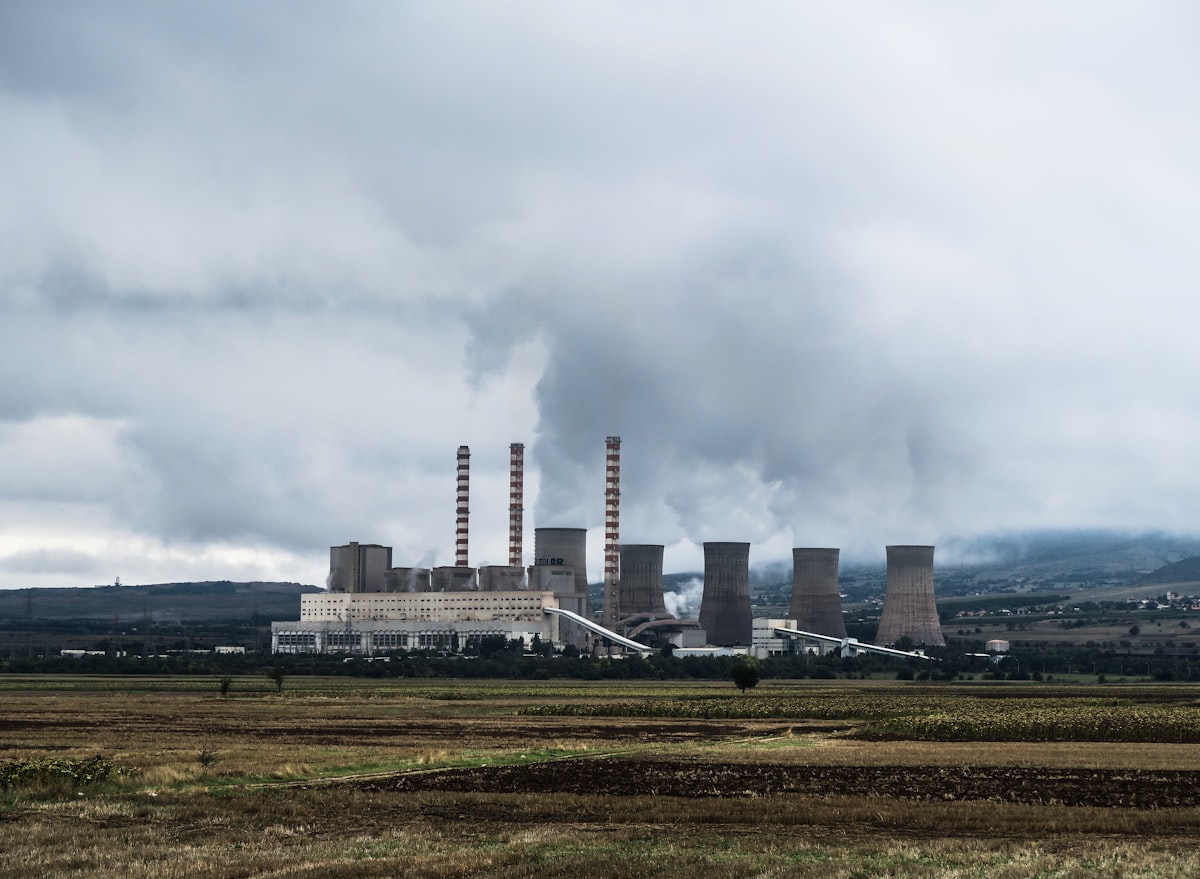Cars and the hydrogen engine? It's not about the technology dummy!

I know I will have to stop writing about the automotive sector in Europe as I'm getting tired and sad about how they've been checking all the wrong strategic boxes for over a decade. And yet, although I feel we hit rock bottom, they seem to keep pushing further away from any solution that would give them a fighting chance for 2030... At least, I hope it can be educational for the rest of us.
Take, for instance, the recent communication push of BMW on the hydrogen engine.
BMW Group is producing highly efficient fuel cell systems at its own Munich-based centre of excellence for hydrogen. This technology is one of the most important components in the BMW iX5 Hydrogen and will sustainably influence the transformation of the entire mobility sector – and enhance it: Hydrogen is the missing piece in the jigsaw when it comes to emission-free mobility. One technology on its own will not be enough to enable climate-neutral mobility worldwide – Oliver Zipse (Chairman of the Board of Management of BMW AG)
Let's unpack this:
- First, BMW hasn't had a recent breakthrough in fuel-cell vehicles (HFCVs). These vehicles operate with a motor similar to other electric vehicles (EVs) but rely on a stack of fuel cells instead of a heavy battery (the cells combine hydrogen with oxygen to produce water vapor and generate electricity). And this technology has been on the market since 2005!
- It's unclear if HFCVs have a better or worse carbon impact than current EVs, as, in both cases, the way to produce hydrogen or directly recharge an electric battery will determine how green the vehicle is.
- Besides marketing claims, there is no clear problem solved in the market by HFCVs. We could discuss limit cases where using hydrogen coming as a byproduct of petroleum, chemical, biomass or steel manufacturing could be smart, but capturing enough H2 from these industries and distributing it safely around to recharge HFCVs is mostly a huge puzzle that no one bothered to crack yet.
- And 'safely' is a huge keyword. Hydrogen is one of the most unsafe fuel you could imagine. It's highly inflammable and leaks as soon as you blink at it, and let's not forget that it's a major asphyxiation risk, too, as it can displace oxygen from your lungs very, very efficiently. An H2 distribution network would require constant monitoring and dealing with high-grade, high-pressure networks of pipes and battery recharge systems. This does exist, of course, to some extent, as we are still using natural gas or liquefied petroleum gases (propane and butane) to heat our houses, but these energy solutions are mostly phasing out of the market.
- Still following on this, convenient HFCV operation would probably mean swappable fuel batteries, removing most of the dangerosity of this solution from the equation. Nice on paper, but highly unpractical for now as no one managed to make this work for EVs at scale. Managing dead inventory and refueling large empty batteries is a supply chain nightmare and a huge cost center.
I cannot say that there is absolutely no reason to work in HFCVs and hydrogen engines. I could see many B2B solutions for trucking or various supply chain vehicles and closed facilities. What I can't fathom is how a high-end SUV makes sense:

And mind you, BMW is not the only car manufacturer trying to say "they're doing things," trying to remind us that there's not only Tesla (and soon BYD) on the market!
But hey, I must be missing something. After all, I'm not a sectorial expert in the automotive industry. And maybe BMW is really (really) committed to hydrogen, in which case I'm sure this year they will a) unveil which distribution system they focus on and, most importantly, b) start to build at scale an H2 distribution network in Europe or the U.S.
If they want to sell a single HFCV by 2025, they should probably be starting next week, sinking a few hundred million euros within a few months and trying to spark a global distribution system for hydrogen fuel cells. Because, at this point, we're not fighting, winning, or losing on the sole merit of a given technology solution but on a full business model integrating network effects and specific distribution moats.

Still not an automotive expert, but I can monitor this quite easily... 🍿




